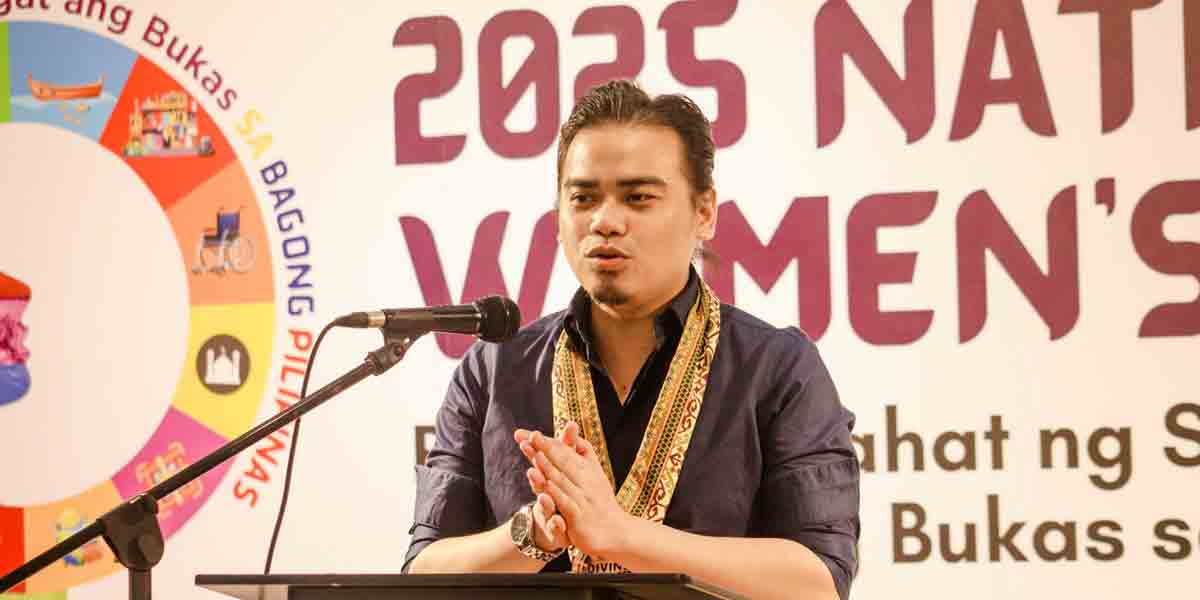
By: Dolly Yasa
Councilor Wilson Gamboa, author of the ordinance, explained that “because of the importance and relevance of this type of cultural heritage, the National Commission for Culture and the Arts (NCCA) has created a separate unit, the Intangible Cultural Heritage Unit (ICH) to purposely and solely document, recognize, create, maintain and transmit that such given expression and practice is well preserved and safeguarded.”
ICH-NCCA head Cecilia V. Picache commended the ordinance as a “welcome development considering that ICH is not yet as widely known as our tangible heritage.”
Picache deemed the ordinance as a “landmark ordinance”, an unparalleled move that is considered the first in the Philippines.
“When we talk about Cultural Heritage, there are two types. These are the Tangible Cultural Heritage (something which can be touched), like for example, historical memorials, monuments, edifice, structures, buildings, collection of objects, among others,” Gamboa said.
“The Intangible Cultural Heritage (something which cannot be touched) on the other hand are traditions or living expressions inherited from our ancestors and passed on to our descendants such as, oral traditions, performing arts, social practices, rituals, festival events, knowledge and practices concerning nature and the universe or the knowledge and skills to produce traditional craft, among others.”
In 2018, Gamboa also authored the “Tangible Heritage Ordinance” known officially as an “Ordinance Providing for Protection and Conservation of Bacolod City Cultural Properties, Historical Markers, Monuments and Shrines.”
He stressed that one of the requirements for the Seal of Good Local Governance given by the Department of Interior and Local Government (DILG) is to have an ordinance specifically focused on the preservation and conservation of our local heritage, both the tangible and intangible.
Gamboa likewise said that this is timely because very soon the City will have its Museum which would house and maintain an inventory of these documented artefacts, instruments, expressions and practices be preserved as part of our ICH.

























